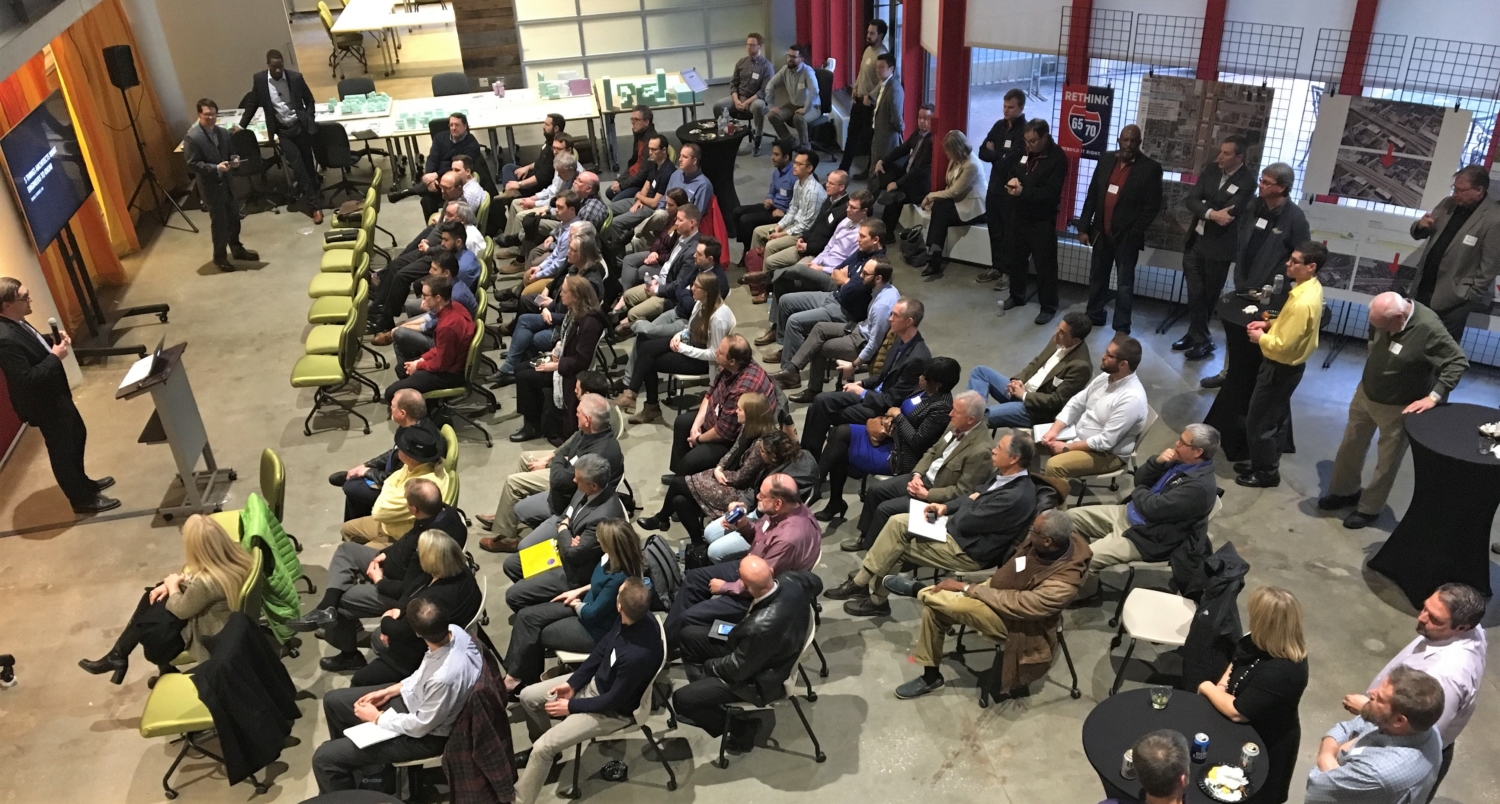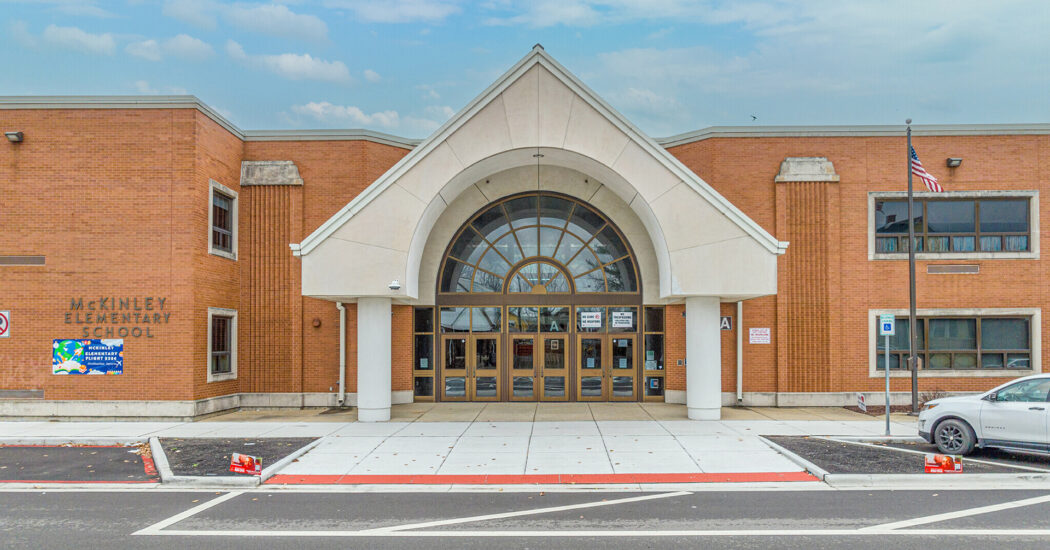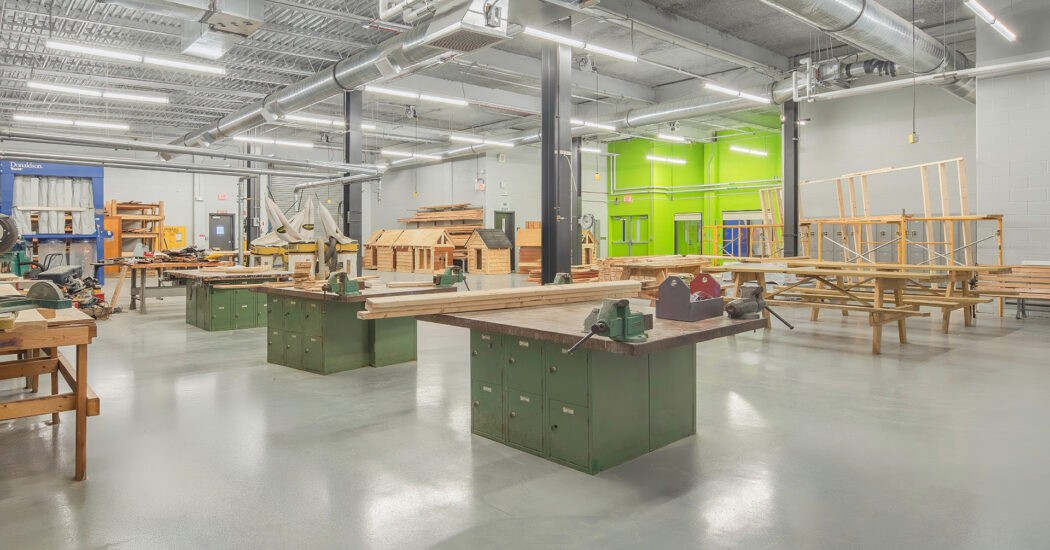5 Things You Should Know
-
Category
Innovation -
Posted By
Eric Broemel -
Posted On
Apr 24, 2018

As the ASHRAE Central Indiana Chapter President, I set out several goals for myself. One of which, bringing engineers and architects together in a collaborative setting. The two worlds are joining forces in the industry already, and I see engineers and architects working as a cohesive unit in our office every day. I want to organize events that will help to further strengthen these connections.
The March AIA/ASHRAE Program 5 Things You Should Know did just that. The event brought together Architect Daniel Overbey (Browning Day Mullins Dierdorf) and Engineer Seun Odukomaiya (KBSO Consulting) for a panel discussion on what it is really like to work together as collaborators for a common goal. We thought it would be helpful to round up some of the highlights for you:
5 Things Architects Wished Engineers Knew – Daniel Overbey
- Gaining control of the design process tends to feel like losing control of the design process
- Architects don’t like the word “no”
- Architects want your SWAG – we have the tools to make good decisions, but we need your help
- The secrets to improving the quantitative are found in the qualitative
- We really need you to model your pipes in Revit
5 Things Engineers Wished Architects Knew – Seun Odukomaiya
- We want an early seat at the table.
- We cannot (should not) predict your energy bills
- Plumbing systems require pipes of various sizes and materials
- Decorative lighting isn’t the best on your energy usage
- Certain HVAC systems are more size and cost efficient, consider this when making architectural preliminary designs
A couple of our own architects and engineers had some thoughts on those points:
 David Logan, Graduate Architect:
David Logan, Graduate Architect:
Architects may hesitate to consult with engineers early in the design process because they worry engineers could hinder the proportions/heights/elements etc. of the proposed design. Perhaps that’s just a poor architect. The challenge of the architect is to accomplish an attractive design intent, while also accounting for the required engineering.
A competent designer should not feel threatened by the engineer’s constraints. Rather, incorporating each other’s viewpoints into a unified solution will make for a stronger, more credible, more holistic outcome. Too often both parties engage each other defensively, and slightly worried the other person will negatively affect what they have proposed. True, engineers may affect that singular solution, but there should be another, stronger solution out there. If the architect has a desired result, and the engineer has their own desired result, perhaps there is 3rd way in the middle that will accommodate both.
A successful architectural solution that fails to account for the engineering is ultimately not successful. If indeed we are creative folks, we should be able to propose a design decision that satisfies both parties.

Mike Myer, Engineering Graduate:
“The walls between art and engineering exist only in our minds.” – Theo Jansen
In the collaborative process we take to design buildings and spaces, each person feels just as passionately as the other person. Engineers have a passion for design in a different way than an architect, but it still exists.
As engineers, we are responsible for providing designs for the building infrastructure. It was the consensus at the meeting that we can do more than react to a good building design. We believe we can help improve the design. There are engineers with skillsets such as energy modeling, lighting analysis, wind studies, and solar analysis. We can help influence the design based on the mechanical systems being used and the size of equipment being used to serve the building. We can indicate where connection locations are for plumbing fixtures and where structural conflicts occur.
To keep it simple, most of architecture vs. engineering issues that come along during a design process could be mitigated if engineers are integrated into the process from the start. Everything has a good chance of falling in to place from there. Engineers really have a desire to help and offer technical advice. We care about the end product and the team effort to get to that point. Designing a building can be a challenging task but with the early application of various engineering skillsets, everyone wins.







